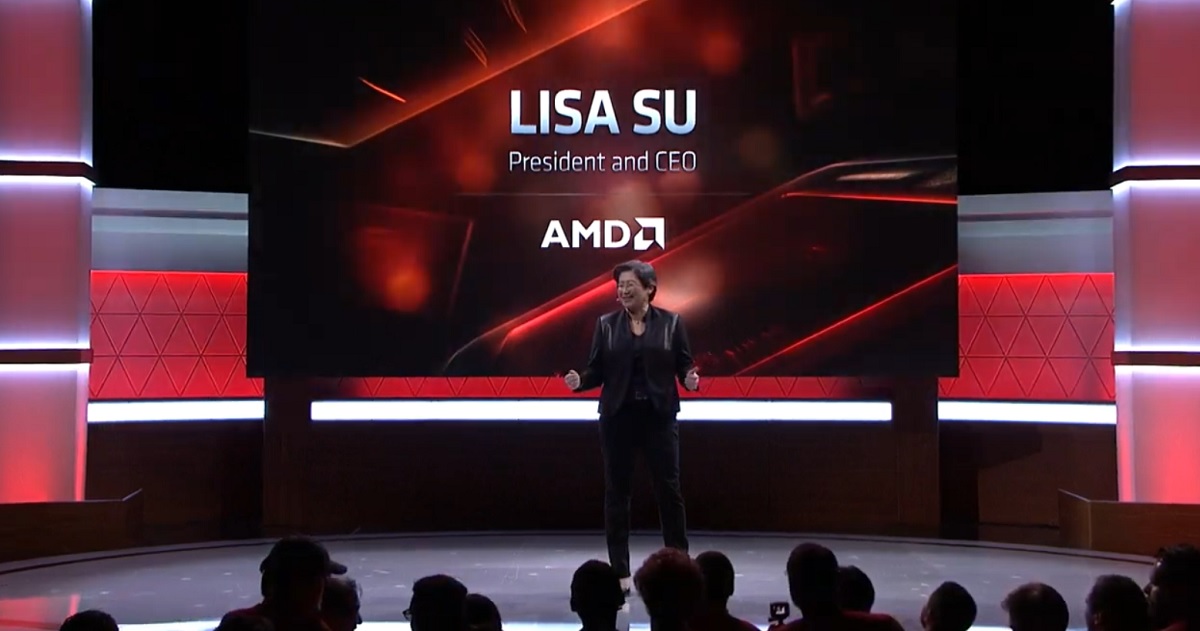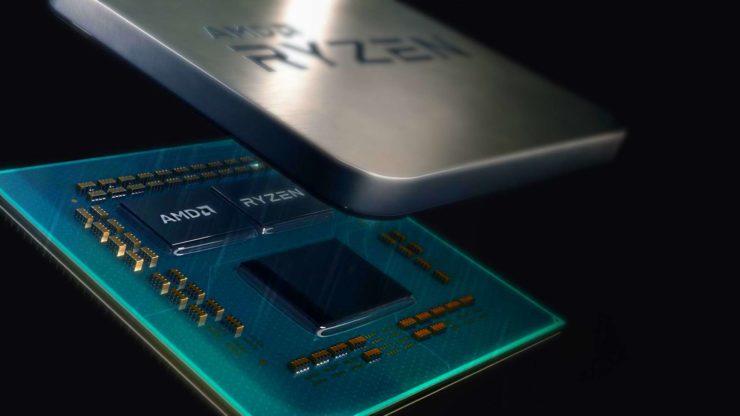In the third quarter ended September 30, Advanced Micro Devices reported earnings that roughly matched Wall Street’s expectations for the maker of processors and graphics chips.
The big chip maker announced earnings per share was 18 cents on revenue of $1.8 billion. Analysts expected EPS of 18 cents on revenue of $1.81 billion. In after-hours trading, AMD’s stock price is down 2.4% to $32.36 a share.
Santa Clara, California-based AMD is benefiting from a rare advantage in chip design over archrival Intel, which has been slow on both the manufacturing and design fronts to come up with a processor that challenges AMD’s Zen and Zen 2-based designs.
AMD CEO Lisa Su said in a statement, “Our first full quarter of 7-nanometer Ryzen, Radeon and Epyc processor sales drove our highest quarterly revenue since 2005, our highest quarterly gross margin since 2012, and a significant increase in net income year-over-year. I am extremely pleased with our progress as we have the strongest product portfolio in our history, significant customer momentum, and a leadership product roadmap for 2020 and beyond.”
June 5th: The AI Audit in NYC
Join us next week in NYC to engage with top executive leaders, delving into strategies for auditing AI models to ensure fairness, optimal performance, and ethical compliance across diverse organizations. Secure your attendance for this exclusive invite-only event.
AMD revealed its Zen 2-based Epyc processors that Su said were the “world’s fastest x86 processors” in August, and those 7-nanometer chips are expected to be used in datacenter applications such as the Google Cloud Platform. Intel recently announced price cuts for its consumer and enterprise processors.
And to compete with Nvidia, AMD launched its 7-nanometer graphics processing units (GPUs) based on the Navi architecture.

Above: Lisa Su, CEO of AMD.
AMD had 13.9% market share of x86 processors in the second quarter of 2019, compared to 6.7% share in the second quarter of 2015, according to Mercury Research. That’s a historic change, representing billions of dollars in sales and helping AMD achieve a market value of $36 billion today.
“AMD had a very solid Q3 with the highest quarterly revenue (since 2005) and gross margin (since 2012). AMD is thriving,” said Patrick Moorhead, an analyst at Moor Insights & Strategy. “These numbers were driven by the first full quarter for its new 7nm parts, including Ryzen, Radeon, and Epyc. Its PC group comprised of Ryzen processors and Radeon graphics led the charge with an eye-popping 36% growth. I believe Epyc sales grew over 50% sequentially, signaling to me that the big volume ramp has finally commenced. Interestingly enough, these numbers were offset by lower than expected semi-custom parts driven by lower demand for Xbox and PlayStation in anticipation for the new consoles.”
Revenue for the third quarter was $1.8 billion, up 9% from the third quarter of 2018, and up 18% quarter-over-quarter due to higher revenue in the Computing and Graphics segment, partially offset by lower revenue in the Enterprise, Embedded, and Semi-Custom segment.
Profits were up thanks to higher Ryzen consumer processor and Epyc enterprise processor sales. Average selling prices for client processors were up, thanks to increased Ryzen desktop and mobile processor sales. GPU ASPs were also up in the quarter.
Enterprise, Embedded, and Semi-Custom segment revenue was $525 million, down 27% year-over-year and down 11% sequentially. That was due to lower semi-custom product revenue, partially offset by higher Epyc processor sales.
For the fourth quarter of 2019, AMD expects revenue to be approximately $2.1 billion, plus or minus $50 million, an increase of approximately 48% year-over-year and approximately 17% sequentially. The year-over-year and sequential increases are expected to be driven by an increase in Ryzen, Epyc, and Radeon product sales. AMD expects non-GAAP gross margin to be approximately 44% in the fourth quarter of 2019.


